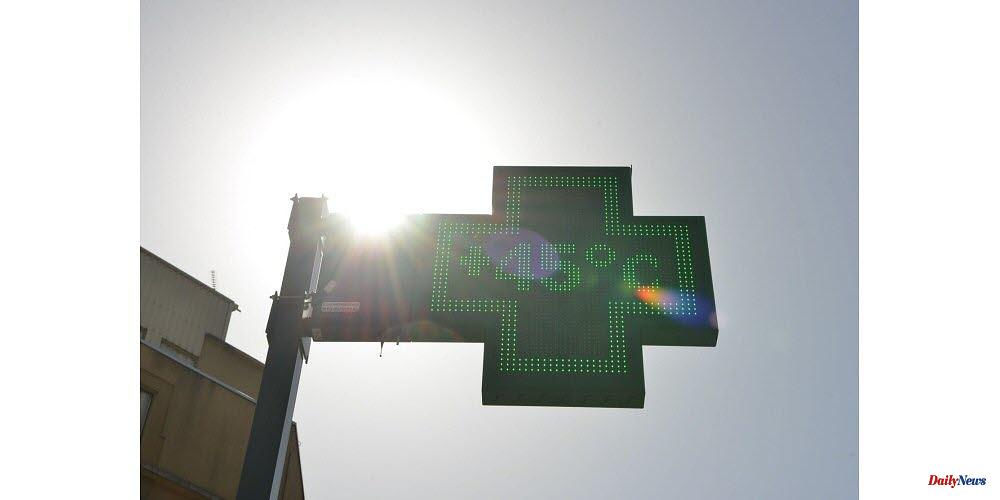This week, intense heat is forecast across most of the country. Is there a heat wave? Each department will have to decide on the temperature and duration of the episode. Meteo France announced that departments will be established in orange vigilance starting Thursday.
Different departments have different temperatures that are responsible for heat wave orange vigilance.
It is the same duration for everyone: three days or more than these thresholds. For Paris and the suburbs, an average temperature of 21°C at night and 31°C during the day is sufficient to put you on orange alert. It will be necessary for the Bouches-duRhone to reach 24 at night, and 35 during day.
A heat wave lasts for 72 hours in Brittany and Normandy. It is defined as temperatures between 18 and 19 degrees Celsius at night and 31 to 32 degrees during the day. The temperatures in the northeast are the same, but must be at 33, 34, or 35 degrees Celsius in the Haut-Rhin to be considered a heatwave.
The temperature at night is also not sufficient to make it a heat wave. Cool nights help the body recover from heat fatigue. Meteo-France considers both day and night.
Meteo France maintains a reference weather station in each department. This allows it to forecast the average temperature over three days.
These averages are called "biometeorological indicator" and can then be compared with the departmental temperature thresholds established by the prefectures. Other factors, such as urbanization, habitat type, and humidity ...) that could influence heat's effects, are also considered.
Meteo France determines heatwave vigilance color based on weather conditions, biometeorological indicators, and other aggravating factors
Meteo France
These thresholds were also based on excess mortality data from Sante Publique France in 2004. They are updated according to the effects of subsequent heat waves.
This is done to warn the public about unusually hot weather. But, the lifestyles and accommodation of people, as well the "seasonal norms", can vary from one region to the next. 32degC is a more common temperature in the Var than it is in the Cotes d'Armor. High heat is also more bearable in areas that are densely populated or less exposed to the winds.
These thresholds were used after the creation of the heat wave plan. This was in response to the 2003 heat wave, which caused 15,000 deaths in France and 70,000 across Europe.
It is activated automatically from June 1 through August 31 (green) and allows you to plan for heat waves and organize monitoring and care.
These phenomena continue to have serious consequences despite all that: According to Sante Publique France, the excessive mortality caused by heat waves in the summers of 2006 and 2015, 2016, 2017, 2019, and 2020 led to several thousand deaths.
It will happen if it is predicted. 40degC has never been reached in mainland France (except Corsica) since mid-June. This event should see many records "fall".
High heat can lead to severe heat. The advice is the same: Stay hydrated, keep your place cool, use ventilated or air-conditioned areas, and avoid the most busy hours. hot...
Ventilation is important. It is best to vent only when outside temperatures are lower that those in the accommodation.
You should also eat right, and avoid alcohol.
An entourage of fragile individuals is also invited to listen as often as possible.












